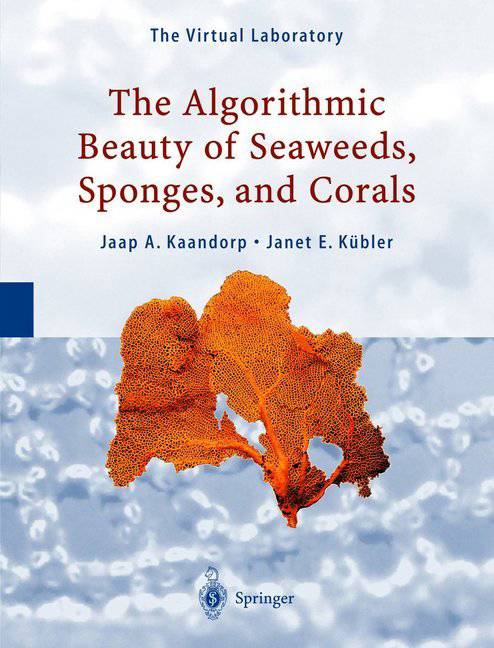
- Afhalen na 1 uur in een winkel met voorraad
- Gratis thuislevering in België vanaf € 30
- Ruim aanbod met 7 miljoen producten
- Afhalen na 1 uur in een winkel met voorraad
- Gratis thuislevering in België vanaf € 30
- Ruim aanbod met 7 miljoen producten
Zoeken
€ 305,45
+ 610 punten
Omschrijving
rowth and form of marine organisms inhabiting hard substrata, the G"marine sessile organisms", ischaracterized by anumber ofremarkable properties. One remarkable feature of these organisms is that many ofthem can be characterizedasmodularorganisms. Modularorganisms are typically built ofrepeated units, the modules, which might be a polyp in a coral colony or afrond in seaweeds. In most cases, the modulehas adistinctive form, while the growth form of the entire colony is frequently an indeterminate form. Indeterminategrowthindicatesthatthe same growthprocess mayresult in an infinite numberofdifferentrealizations ofthe growthform.This isincontrast to unitaryorganisms such asvertebrates and insects, in which a single-celled stage develops into a well-defined, determinate structure. In many cases the growth process in modular organisms leads to complex shapes, which are often quite difficult to describe in words. In most of the biological literature these forms are only described in qualitativeand rather vague terms, such as "thinlybranching","tree-shaped" and "irregularlybranching". Anothermajor characteristic ofmarine sessile organisms is that there is frequentlyastrongimpactofthe physical environmenton the growthprocess, leading to a variety of growth forms. Growth by accumulation of modules allows the organism to fit its shape to its environment i.e., have plasticity. In many seaweeds, sponges, and corals, differences in exposure to water movement cause significant changes in morphology. Agood example of this plasticity is the Indo-Pacific stony coral Pocillopora damicornis(Veron and Pichon 1976) shown in Plg.r.i. In very sheltered environments, this species has a thin-branching growth form. The growth form gradually transforms to a more compact shape when the exposure to water movement increases.
Specificaties
Betrokkenen
- Auteur(s):
- Uitgeverij:
Inhoud
- Aantal bladzijden:
- 193
- Taal:
- Engels
- Reeks:
Eigenschappen
- Productcode (EAN):
- 9783642087202
- Verschijningsdatum:
- 19/10/2010
- Uitvoering:
- Paperback
- Formaat:
- Trade paperback (VS)
- Afmetingen:
- 210 mm x 279 mm
- Gewicht:
- 489 g

Alleen bij Standaard Boekhandel
+ 610 punten op je klantenkaart van Standaard Boekhandel
Beoordelingen
We publiceren alleen reviews die voldoen aan de voorwaarden voor reviews. Bekijk onze voorwaarden voor reviews.








